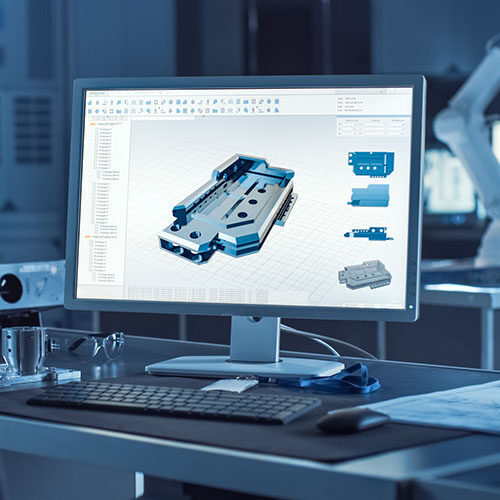
Excel may seem like a good choice for manufacturers as it is readily available, easy to use, and appears to be cost-effective. While Excel is a handy business tool (and has its time and place), the truth is that it is just not good enough for most manufacturers.
You and your shop deserve better. You deserve a fully integrated ERP system that will make your business run smoother—and save you time and money.
Get your eBook Scared to implement a new ERP?
"*" indicates required fields



